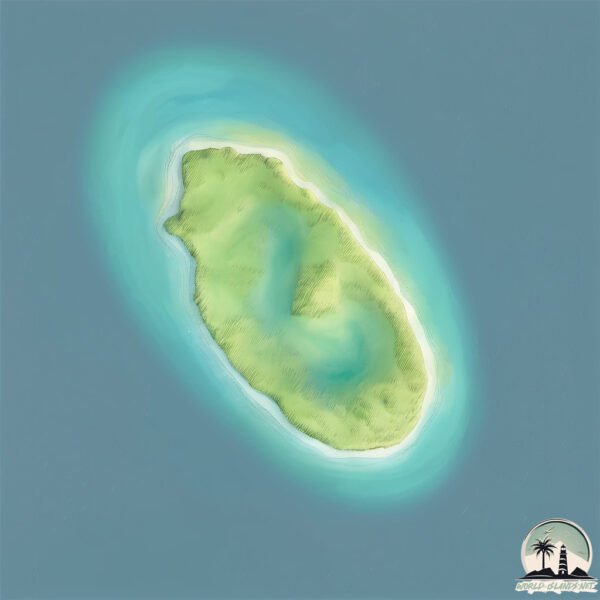Kunilan

Welcome to Kunilan, a Tropical island in the Sulu Sea, part of the majestic Pacific Ocean. This guide offers a comprehensive overview of what makes Kunilan unique – from its geography and climate to its population, infrastructure, and beyond. Dive into the details:
- Geography and Size: Explore the island’s size and location.
- Climate and Weather: Weather patterns and temperature.
- Topography and Nature: Uncover the natural wonders of the island.
- Infrastructure and Travelling: Insights on reaching, staying, and making the most of your visit.
- News and Headlines: Latest News.
Geography and size of Kunilan
Size: 1.391 km²
Coastline: 4.9 km
Ocean: Pacific Ocean
Sea: Sulu Sea
Continent: Asia
Kunilan is a Small Island spanning 1.4 km² with a coastline of 4.9 km.
Archipel: Malay Archipelago – The world’s largest archipelago, located between mainland Southeast Asia and Australia, known for its immense biodiversity and cultural diversity.
Tectonic Plate: Sunda – Extends across Southeast Asia, encompassing parts of the Sunda Shelf, known for its interaction with the Australian Plate, contributing to volcanic activity in Indonesia.
The geographic heart of the island is pinpointed at these coordinates:
Latitude: 6.10483496 / Longitude: 120.50881502
Climate and weather of Kunilan
Climate Zone: Tropical
Climate Details: Tropical Rainforest Climate
Temperature: Hot
Climate Characteristics: This climate is typified by heavy rainfall throughout the year, high humidity, and consistently high temperatures, leading to lush rainforests and rich biodiversity. Seasonal temperature variations are minimal.
Topography and nature of Kunilan
Timezone: UTC+08:00
Timezone places: Australia/Perth
Max. Elevation: -1 m
Mean Elevation: -3 m
Vegetation: Mangrove Forest
Tree Coverage: 35%
The mean elevation is -3 m. Remarkably, this unique island barely emerges above the sea level, showcasing nature’s fascinating interplay with the ocean. The island is characterized by Plains: Flat, low-lying lands characterized by a maximum elevation of up to 200 meters. On islands, plains are typically coastal lowlands or central flat areas.
Dominating Vegetation: Mangrove Forest
Found in coastal areas and river deltas, these unique wetland ecosystems are adapted to saline conditions and are crucial for coastal protection and biodiversity. Kunilan has a tree cover of 35 %.
Vegetation: 4 vegetation zones – Diverse Island
Four distinct vegetation zones mark these islands as ecologically diverse. They might feature varied landscapes such as forests, beaches, grasslands, and rocky areas. Such diversity reflects the island’s complex ecological interactions and varied habitats, which can support a rich array of wildlife and plant species.
Infrastructure and Travelling to Kunilan
Does the island have a public airport? no.
There is no public and scheduled airport on Kunilan. The nearest airport is Jolo Airport, located 55 km away.
Does the island have a major port? no.
There are no major ports on Kunilan. The closest major port is JOLO, approximately 54 km away.
The mean population of Kunilan is 18 per km². Kunilan is Gently Populated. The island belongs to Philippines.
Continuing your journey, North Ubian is the next notable island, situated merely km away.
Tour to BARANGAY PANDAN NIOG!! pangutaran, sulu



Philippines is classified as Emerging region: G20: Group of Twenty – Major economies comprising both developed and emerging countries, representing the world’s largest economies. The level of income is Lower middle income.
News – Latest Updates and Headlines from Kunilan
Stay informed with the most recent news and important headlines from Kunilan. Here’s a roundup of the latest developments.
Please note: The data used here has been primarily extracted from satellite readings. Deviations from exact values may occur, particularly regarding the height of elevations and population density. Land area and coastline measurements refer to average values at mean high tide.
